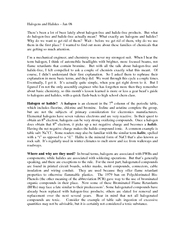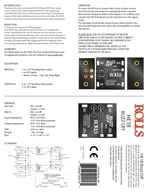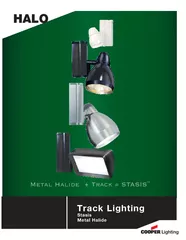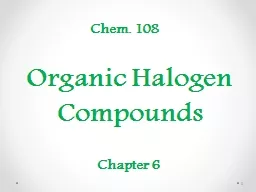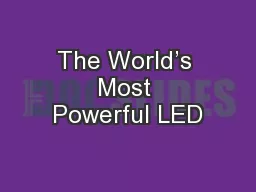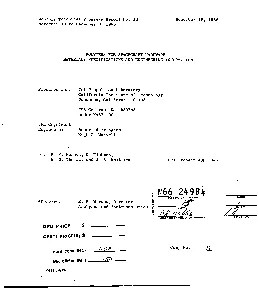PDF-There’s been a lot of buzz lately about halogen-free and halide-f
Author : faustina-dinatale | Published Date : 2015-08-04
ceptions I mentioned nonionic halogenated compounds can also be used as raw materials in soldering fluxes to help keep the activators working as the process temperature
Presentation Embed Code
Download Presentation
Download Presentation The PPT/PDF document "There’s been a lot of buzz lately a..." is the property of its rightful owner. Permission is granted to download and print the materials on this website for personal, non-commercial use only, and to display it on your personal computer provided you do not modify the materials and that you retain all copyright notices contained in the materials. By downloading content from our website, you accept the terms of this agreement.
There’s been a lot of buzz lately about halogen-free and halide-f: Transcript
Download Rules Of Document
"There’s been a lot of buzz lately about halogen-free and halide-f"The content belongs to its owner. You may download and print it for personal use, without modification, and keep all copyright notices. By downloading, you agree to these terms.
Related Documents

